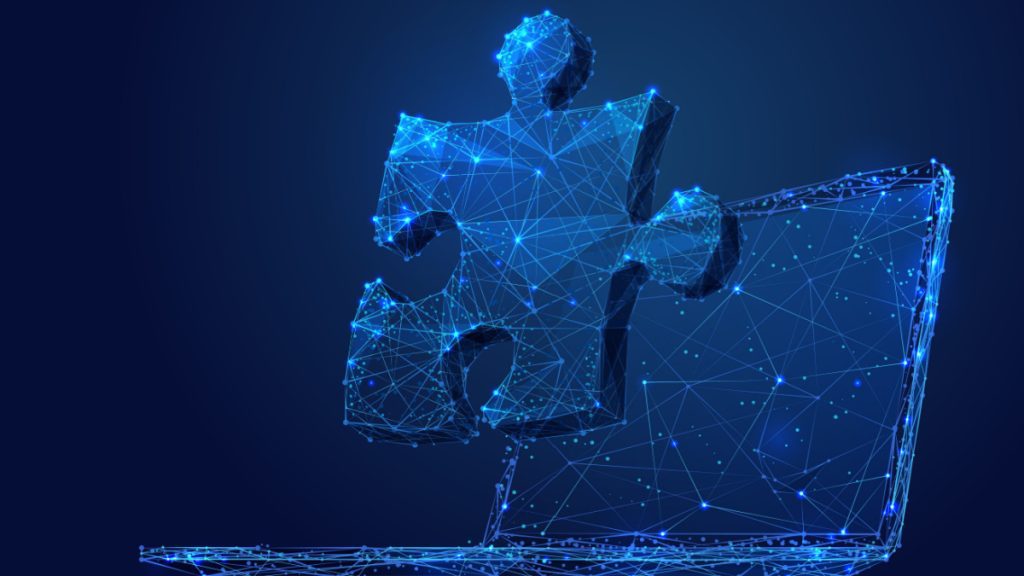
In a world where the digital realm seamlessly integrates with our everyday lives data flows effortlessly across platforms and devices, and trust and transparency reign supreme. Sounds like something out of a sci-fi movie, right? Well, welcome to the world of Web3. But before we dive headfirst into this futuristic landscape, let me ask you a question: to what extent does Web3 truly fulfill its promise of seamless integration? Trust me, I’ve pondered over this question extensively, delving into the intricacies and potential roadblocks that may hinder its vision of a seamlessly interconnected digital ecosystem.
Navigating Complex Technological Hurdles
As we delve into the realm of Web3, we encounter a labyrinth of technological hurdles that must be overcome for its promise of seamless integration to become a reality. First and foremost, we face the challenge of scalability. Current blockchain networks, the backbone of Web3, often struggle with processing large volumes of transactions at lightning speed. Slow transaction times and high fees have plagued the crypto space, hindering the seamless flow of data and inhibiting user adoption. However, innovative scaling solutions such as layer-two protocols and sharing are emerging, promising to enhance the efficiency of blockchain networks and make way for a more interconnected digital ecosystem.
Interoperability Challenges
In our quest for seamless integration, we encounter another hurdle: interoperability. The digital landscape is fragmented, with numerous isolated islands of platforms and applications. Each of these digital archipelagos operates independently, hindering the flow of data and inhibiting the creation of a unified digital experience. However, Web3 aims to bridge these gaps by fostering interoperability protocols and standards. Initiatives like Polkadot, Cosmos, and Ethereum’s upcoming updates, such as Ethereum 2.0, are striving to enable cross-chain communication and facilitate the seamless transfer of assets and data between different blockchain networks. This newfound interoperability holds the key to unlocking the full potential of Web3, forging a unified digital ecosystem where information can flow freely.
Decentralization Dilemma
Now, let’s ponder upon a crucial question: does Web3 truly embody decentralization, or is it simply an illusion in a world dominated by centralized giants? While the concept of Web3 revolves around the democratization of power and the elimination of intermediaries, we must acknowledge that the current landscape still faces challenges. Centralized exchanges, mining pools, and influential players within the blockchain space can wield significant influence, potentially compromising the core tenets of decentralization. However, initiatives like decentralized finance (DeFi) and distributed governance models are emerging, providing avenues for individuals to actively participate in decision-making processes and reducing the concentration of power. By empowering the community and fostering decentralized governance structures, Web3 can strive towards fulfilling its promise of a more equitable digital landscape.
Final Thoughts
In conclusion, Web3 holds immense potential for fulfilling its promise of seamless integration within a digitally interconnected ecosystem. While it faces complex technological hurdles, such as scalability and interoperability challenges, the ongoing advancements and innovative solutions being developed within the Web3 space are paving the way for a more interconnected future. Yes, there are concerns regarding the concentration of power, but the emergence of decentralized governance models and initiatives that empower individuals offers hope for a more inclusive and democratic digital landscape.
Inside Telecom provides you with an extensive list of content covering all aspects of the tech industry. Keep an eye on our Web3 section to stay informed and up-to-date with our daily articles.